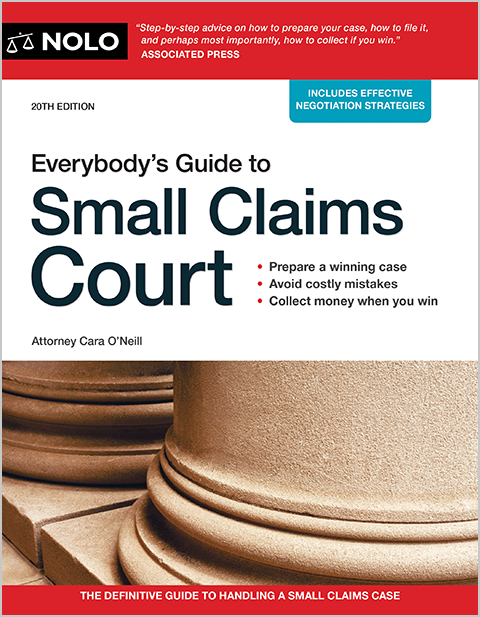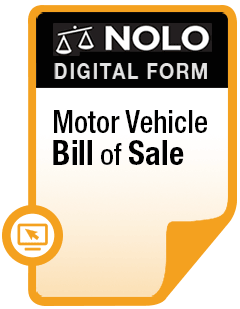Get the details on minimum car insurance coverage requirements in Alaska under the "Mandatory Insurance Statutes," plus other basics on auto insurance in the state.
Alaska has passed a series of laws that require the owners of most motor vehicles to carry a car insurance policy that meets certain minimum liability coverage requirements, in case the vehicle is involved in a traffic accident. In this article, we'll discuss:
- Alaska law as it relates to insurance and financial responsibility for car accidents and car insurance for registered vehicles
- how Alaska's car insurance laws work in the context of an insurance claim or lawsuit after a crash, and
- the minimum requirements for liability car insurance coverage under Alaska's "Mandatory Motor Vehicle Insurance" law.
Is Alaska a "No-Fault" Car Insurance State?
No. Alaska follows a "fault" system when it comes to financial responsibility for injuries, vehicle damage, and other losses stemming from a car accident. This means that the person who was at fault for causing the car accident is also responsible for compensating anyone who suffered harm as a result (from a practical standpoint, it's typically the at-fault driver's insurance carrier that will cover these losses, up to policy limits).
A person who suffers any kind of injury or damage due to an auto accident in Alaska usually can proceed in one of three ways:
- by filing a claim with his or her own insurance company, assuming that the loss is covered under the policy (in this situation, the injured person's insurance company will likely turn around and pursue a subrogation claim against the at-fault driver's carrier)
- by filing a third-party claim directly with the at-fault driver's insurance carrier, or
- by filing a personal injury lawsuit in civil court against the at-fault driver.
Note: In no-fault car insurance states, claimants don't have this same range of options. If you're injured in a car accident in a no-fault state, you must turn to the personal injury protection coverage of your own car insurance policy for the payment of medical bills and other out-of-pocket losses, regardless of who caused the accident. Only if your claim reaches certain statutory thresholds can you step outside of no-fault and make a claim directly against the at-fault driver. But Alaska drivers don't need to worry about no-fault for an in-state accident.
What Car Insurance Is Required In Alaska?
Under the Alaska Mandatory Motor Vehicle Insurance Law (Alaska Statutes section 28.22.101) the state's vehicle owners are required to have the following minimum amounts of liability car insurance coverage:
- $50,000 for bodily injury or death, per person injured or killed in an accident caused by the driver of the vehicle
- $100,000 for total bodily injury or death liability in an accident caused by the driver of the vehicle, and
- $25,000 for property damage per accident caused by the driver of the vehicle.
This basic coverage pays the medical bills, property damage bills, and other costs of drivers, passengers, and pedestrians who are injured or have their vehicle damaged in a car accident you cause, up to coverage limits. You can (and in some situations should) carry more coverage to protect you in case a serious crash results in significant car accident injuries and vehicle damage. Remember, once policy limits are exhausted, you are personally on the financial hook, so higher insurance limits can help protect your personal assets in the event of a serious crash.
Who Is Covered Under Liability Car Insurance In Alaska?
Your liability coverage will kick in if any family member is driving your vehicle, or if you've given someone else permission to use it. It will likely also cover you if you get into an accident in a rental car.
Liability Car Insurance Won't Cover Your Own Losses After a Car Accident
Finally, remember that the liability coverage we discussed here doesn't apply to your own injuries or vehicle damage after an Alaska car accident. You'll need different (additional) coverage for that if you're involved in a car accident and no one else's coverage applies to your losses.
For example, personal injury protection (PIP) or MedPay coverage can be used to pay your car accident medical bills (this coverage is optional in Alaska), and collision coverage (also optional in Alaska) can pay for repairs to (or replacement of) your damaged vehicle after a car accident.
Exceptions to Mandatory Liability Car Insurance in Alaska
In areas of Alaska where vehicle registration is not required, liability car insurance is not usually required either (unless the vehicle owner has recently been cited for certain traffic violations). For a list of areas that are exempted in Alaska, check out the Department of Administration's Mandatory Insurance page.
What Are the Penalties for Driving Without Insurance In Alaska?
According to Alaska's Division of Motor Vehicles, driving without car insurance can result in a driver's license suspension for:
- 90 days for a first occurrence, or
- a one-year suspension for a second occurrence.
What's more, if you're involved in a car accident where there's a reasonable possibility you're at fault, and you've failed to carry car insurance or otherwise shown financial responsibility for an accident, your driver's license can be suspended for three years. After a license suspension of this kind, you'll need to show future financial responsibility (called "SR-22 insurance" in Alaska), and pay a reinstatement fee of $100 to $500.
Alaska's "No Pay, No Play" Law
Another penalty for driving without insurance in Alaska relates to the legal remedies available to you if you're injured in a car accident.
Alaska's "no pay, no play" law says that if you're injured in an accident while you're driving without insurance, you're barred from recovering "non-economic" damages from the at-fault driver. (Alaska Statutes section 09.65.320.)
Since non-economic damages include your physical and mental "pain and suffering," it's a big deal to have this kind of compensation taken off the table, especially if your injuries are serious.
You can still recover non-economic damages against the other driver if they:
- were driving under the influence at the time of the accident
- acted intentionally, recklessly, or with gross negligence in causing the accident, or
- fled the accident scene.
More Information and Help
Learn more about the Alaska laws that could affect a car accident case.
If you've been injured in a car accident, you might need more than just information. Learn more about when you might need a car accident lawyer, and what to expect from your first meeting with a car accident attorney.



